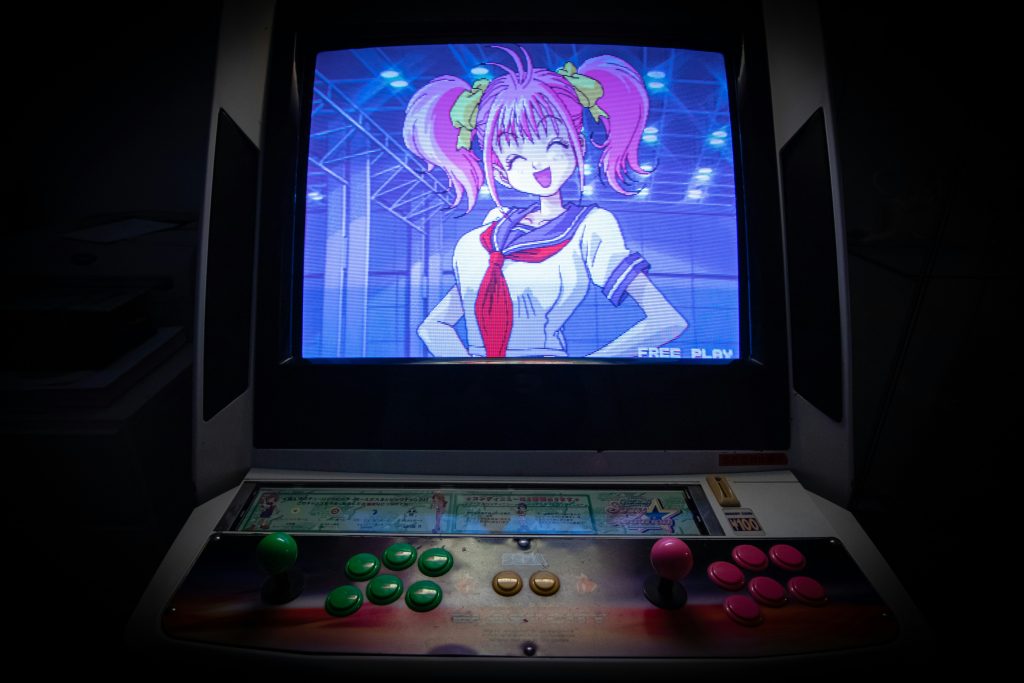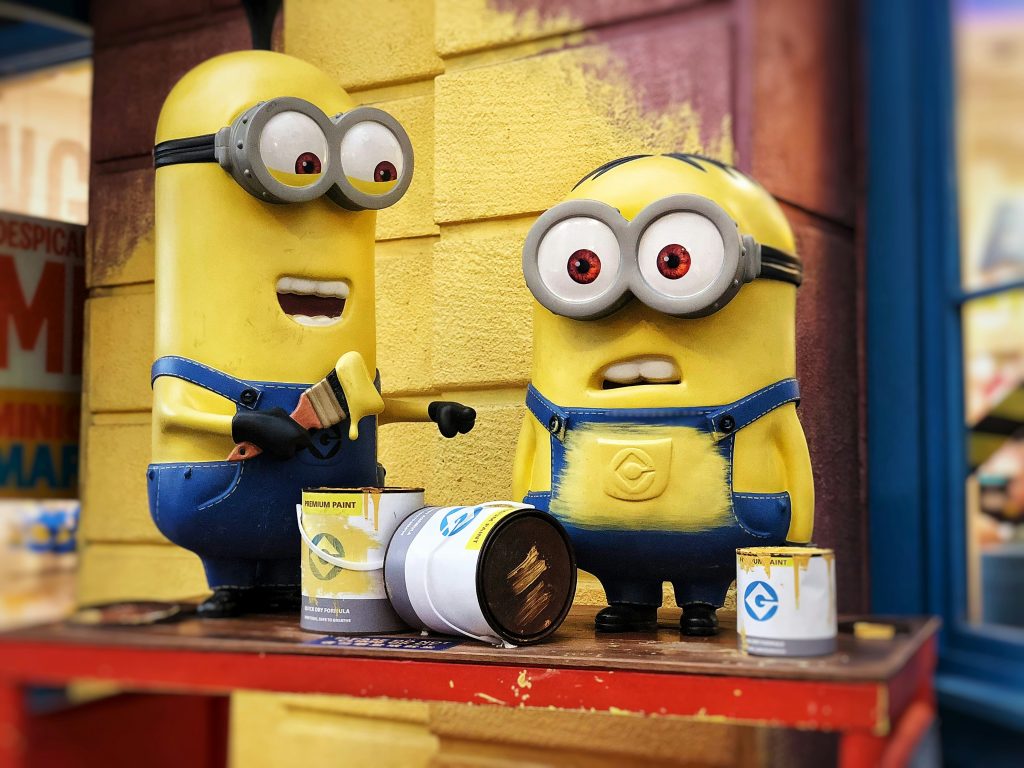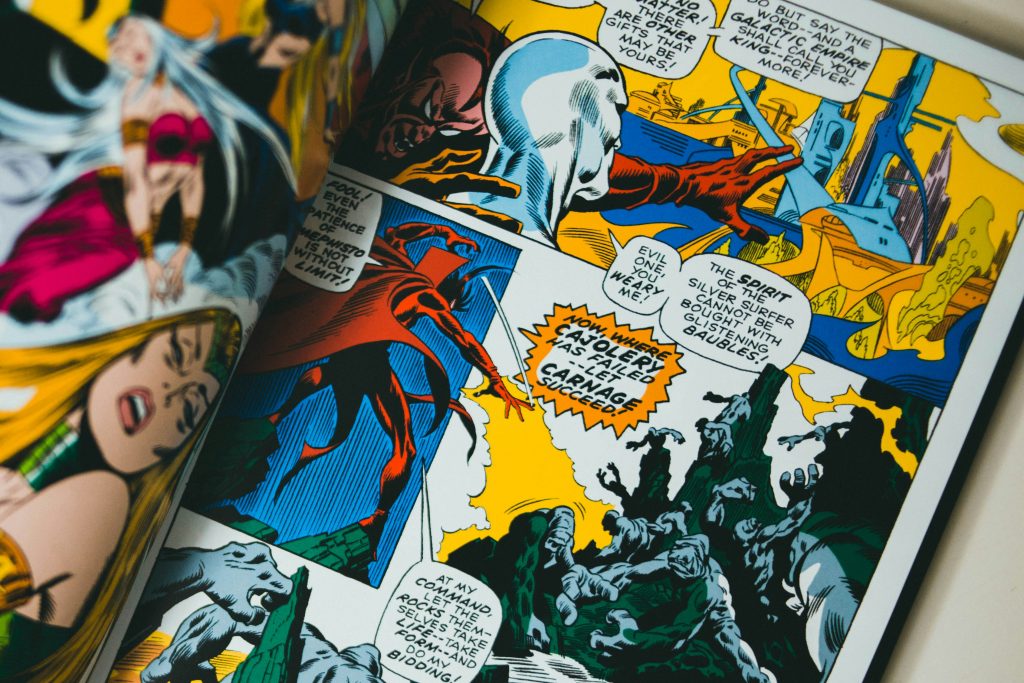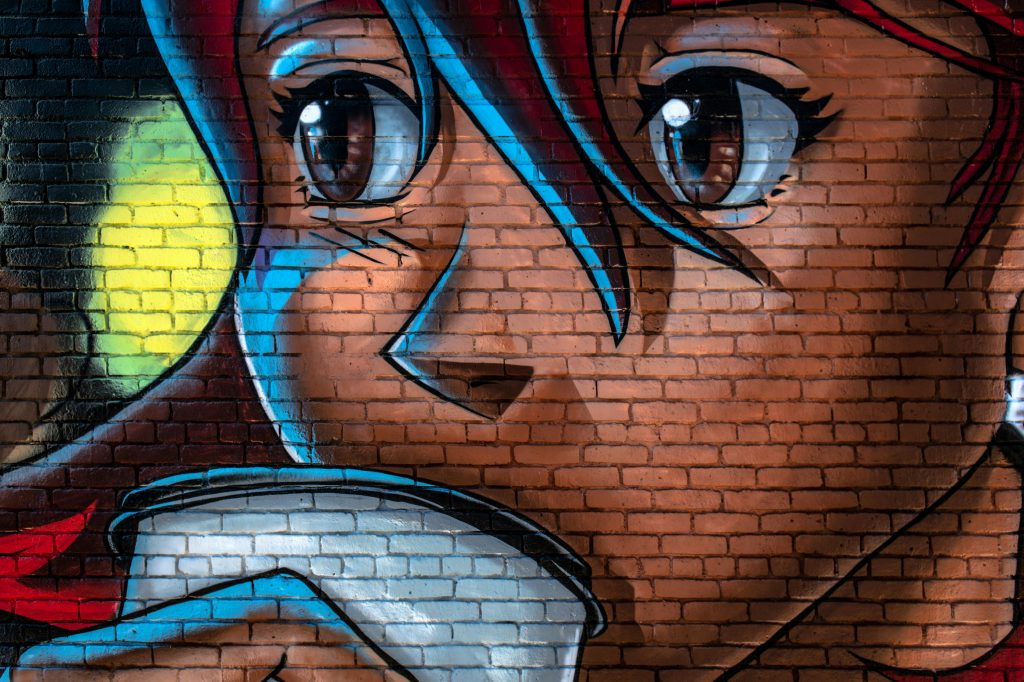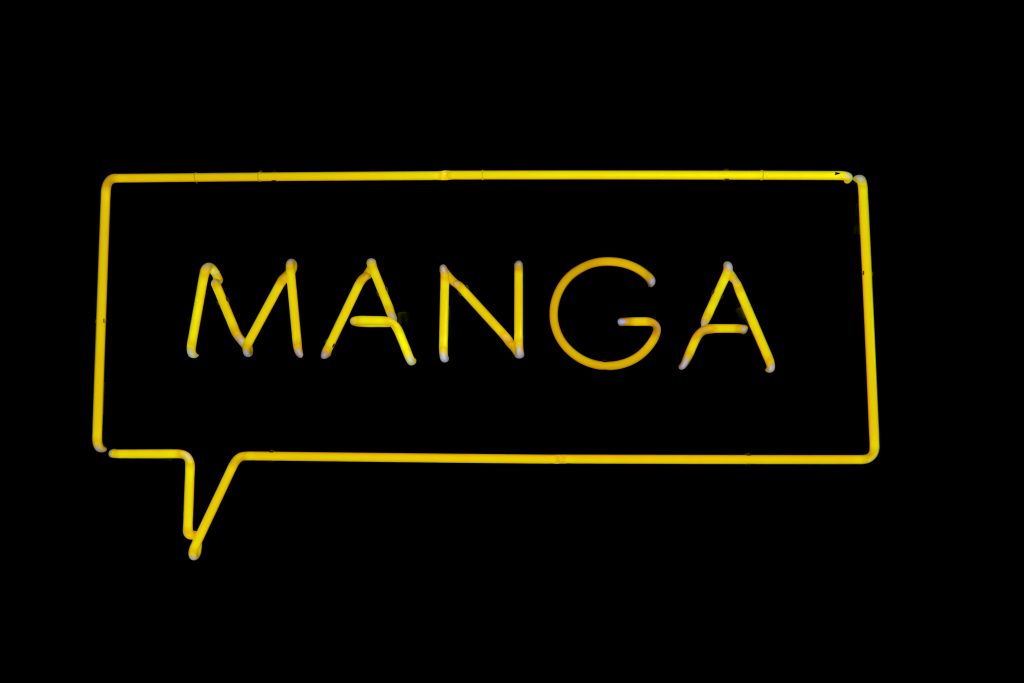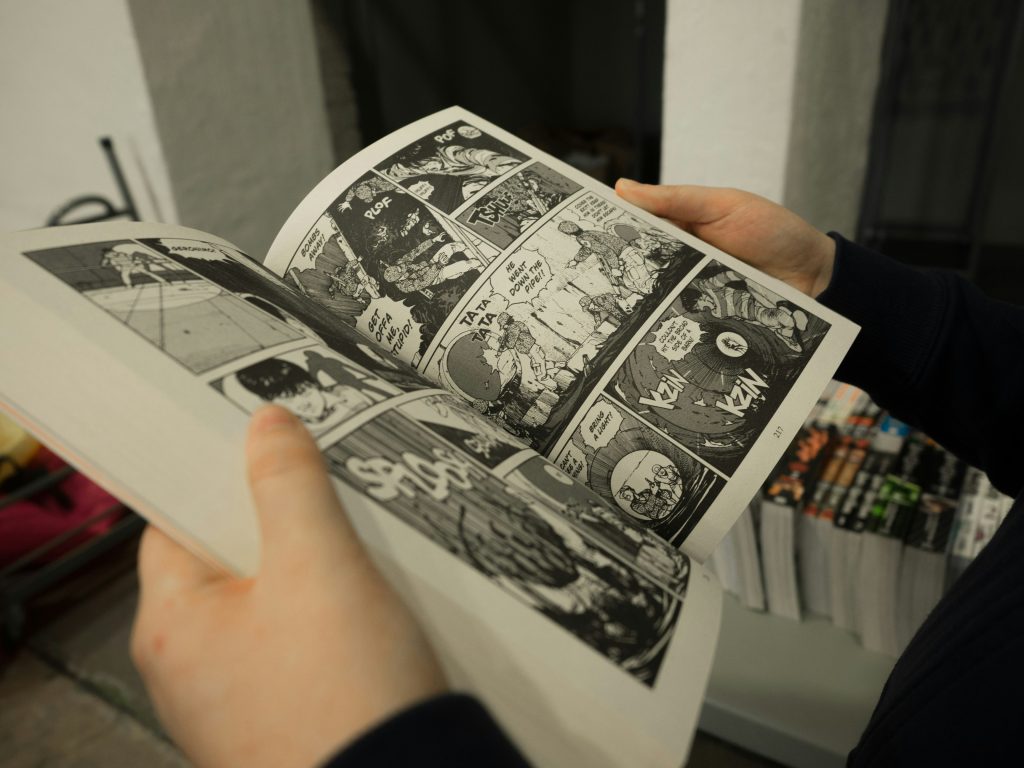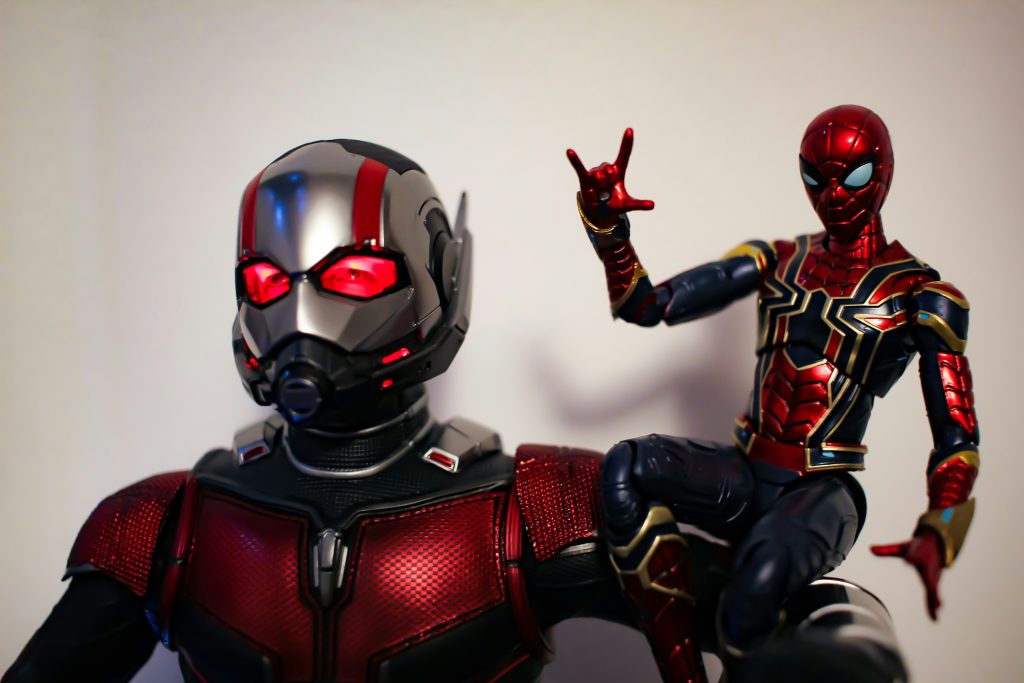The Evolution and Impact of Cartoons: A Journey Through Animated Storytelling
Cartoons have long been a beloved staple of popular culture, capturing the imaginations of audiences worldwide through their vibrant animations and compelling stories. This article delves into the rich history, cultural significance, diverse genres, and lasting appeal of cartoons, examining why they continue to resonate with viewers of all ages. Historical Origins of Cartoons Early Animation Techniques The roots of animation can be traced back to ancient storytelling methods, such as shadow puppetry and the magic lantern, which used light and shadow to create moving images. These early techniques set the stage for the development of more sophisticated forms of animation. Pioneers of Animation The late 19th and early 20th centuries saw significant advancements in motion picture technology, leading to the birth of animation as we know it. Innovators like Émile Cohl and Winsor McCay experimented with hand-drawn animation, producing short films that captivated audiences. McCay’s “Gertie the Dinosaur” (1914) is often considered one of the first true animated cartoons, showcasing the potential of this new medium. The Golden Age of Cartoons Emergence of Major Studios The 1920s to the 1960s marked the Golden Age of Cartoons, a period characterized by the rise of major animation studios such as Walt Disney, Warner Bros., and MGM. These studios introduced iconic characters and produced groundbreaking animated films that defined the era. Walt Disney’s “Steamboat Willie” (1928), featuring Mickey Mouse, revolutionized the industry with synchronized sound. Iconic Characters and Series During this period, a multitude of beloved characters and series emerged, capturing the hearts of audiences worldwide. Characters like Bugs Bunny, Daffy Duck, and Tom and Jerry became cultural icons, known for their timeless humor and adventurous exploits. These cartoons were initially shown in theaters as part of newsreels and later found a permanent home on television. Cultural Significance of Cartoons Social Commentary and Reflection Cartoons have long served as a mirror to society, addressing contemporary issues through satire, humor, and allegory. Shows like “Looney Tunes” used humor to comment on social and political events, while “The Simpsons” continues to provide sharp critiques of modern society. By reflecting societal norms and challenges, cartoons offer a unique lens through which viewers can examine and understand the world around them. Educational Impact Beyond entertainment, cartoons have proven to be powerful educational tools. Educational series such as “Sesame Street” and “Dora the Explorer” have helped children develop essential skills in literacy, numeracy, and social interaction. These shows leverage engaging characters and interactive storytelling to make learning enjoyable and effective. Genre Diversity in Cartoons Superhero Cartoons Superhero cartoons have become a staple of the genre, captivating audiences with their action-packed adventures and moral dilemmas. Series like “Batman: The Animated Series,” “X-Men: The Animated Series,” and “Teen Titans” have brought comic book heroes to life, exploring complex themes and character development in a way that resonates with both children and adults. Slice-of-Life and Comedy Slice-of-life and comedy cartoons offer a more grounded and often humorous take on everyday experiences. Shows like “Peanuts,” “The Flintstones,” and “Bob’s Burgers” depict the trials and tribulations of ordinary characters, providing relatable humor and heartwarming moments that appeal to a broad audience. Fantasy and Adventure Fantasy and adventure cartoons transport viewers to fantastical worlds filled with magic, mythical creatures, and epic quests. Series like “Avatar: The Last Airbender,” “Adventure Time,” and “Steven Universe” blend imaginative storytelling with rich world-building, exploring themes of friendship, identity, and heroism. Global Influence of Cartoons Japanese Anime Japanese anime has had a profound impact on the global animation landscape, introducing unique storytelling styles and artistic techniques. Iconic anime series like “Dragon Ball,” “Naruto,” and “Sailor Moon” have garnered massive international followings, influencing Western animation and fostering a global community of anime enthusiasts. European Animation European animation has also contributed significantly to the medium, with studios like Aardman Animations and Studio Ghibli producing critically acclaimed works. Aardman’s stop-motion animations, such as “Wallace and Gromit,” and Ghibli’s hand-drawn masterpieces, like “My Neighbor Totoro” and “Spirited Away,” showcase the diversity and creativity of European animation. Challenges Facing the Cartoon Industry Representation and Diversity One of the ongoing challenges facing the cartoon industry is the need for greater representation and diversity in both creators and characters. While progress has been made in recent years, there is still a long way to go in terms of inclusivity. Efforts to promote diverse voices and stories are essential for ensuring that cartoons reflect the varied experiences and perspectives of their audiences. Digital Disruption The rise of digital technology has transformed the cartoon industry, presenting both opportunities and challenges. Streaming platforms have made cartoons more accessible than ever, allowing audiences to watch their favorite shows on demand. However, this shift has also disrupted traditional revenue models and raised concerns about the sustainability of animation studios. The Future of Cartoons Technological Innovation The future of cartoons is likely to be shaped by technological innovation, with advancements in CGI, virtual reality, and augmented reality offering new possibilities for storytelling and immersion. These technologies have the potential to enhance the viewing experience, allowing audiences to interact with animated worlds and characters in unprecedented ways. Continued Evolution As cartoons continue to evolve, they will undoubtedly adapt to changing cultural, social, and technological trends. The rise of web-based animation, independent creators, and crowdfunding platforms has democratized the medium, allowing diverse voices to reach global audiences. As a result, the cartoon industry is poised to remain a vibrant and dynamic form of artistic expression and entertainment. Conclusion Cartoons are more than just animated images on a screen; they are windows into imaginative worlds, reflections of society, and powerful tools for education and entertainment. From their humble beginnings to their current status as a global cultural phenomenon, cartoons have captured the hearts and minds of audiences across generations. As the medium continues to evolve and innovate, it remains a beloved and vital part of our cultural landscape, inspiring creativity, laughter, and wonder in viewers of all ages.

